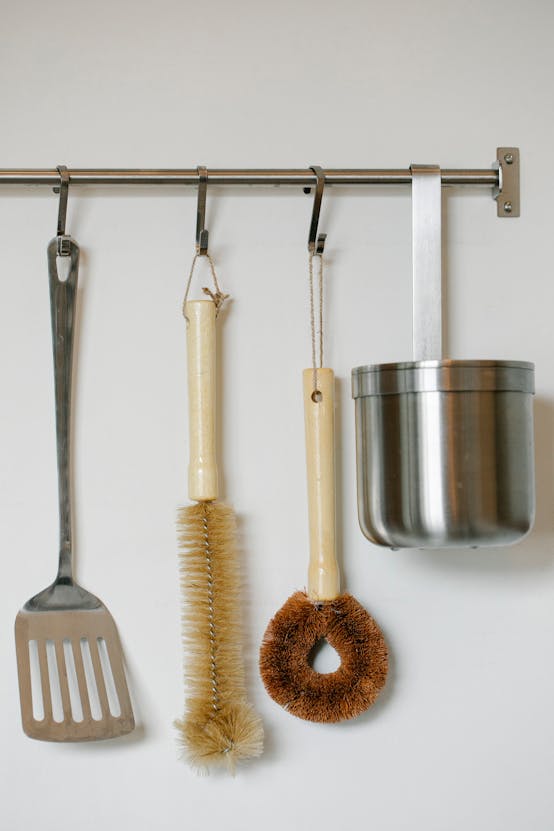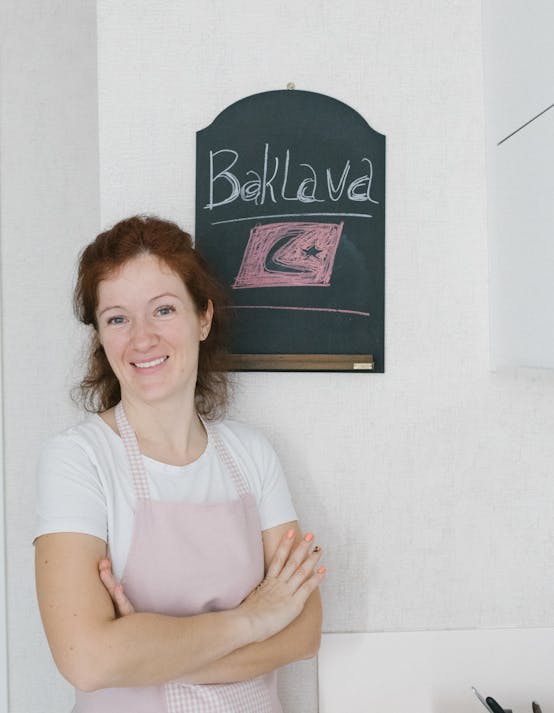Overview of Kitchen Design Styles
Kitchen design encompasses various elements that contribute to the overall look and functionality of your space. Kitchen design elements include not just aesthetics but also practical features like storage solutions. These design decisions are crucial in modern kitchens, where space and organisation are pivotal.
Storage solutions span from open shelving to closed cabinets, each offering their unique benefits. Open shelving allows for easy access and adds a decorative touch when showcasing dishware. In contrast, closed cabinets provide privacy, keeping items out of sight, which can be essential for maintaining a tidy appearance.
Also read : Essential Tips for Choosing the Perfect Electric Griddle to Elevate Your Family Breakfast Experience
Popular trends in kitchen design reflect a blend of both styles, creating spaces that are both beautiful and functional. The use of mixed materials, colours, and innovative storage solutions are trending, allowing homeowners to personalise their kitchens according to their needs and tastes. Each design style has its purpose, which can be tailored to fit both the aesthetics and functional requirements of the kitchen, ensuring a space that is both inviting and efficient.
Benefits of Open Shelving
Open shelving can transform a kitchen’s look and feel, offering a unique blend of aesthetics and functionality. From a visual appeal perspective, open shelves provide an opportunity to showcase beautiful dishware and decor, turning everyday items into stylish focal points. This adds personality and warmth to a kitchen, making it more inviting.
Also to discover : Master Your Cooking with Top Oven Thermometers: Achieve Perfect Temperatures Every Time!
The accessibility of open shelves is a significant advantage. They allow for quick and easy access to frequently used items, reducing the time spent searching for essentials. This makes them an ideal choice for those who appreciate convenience and efficiency in their daily routines.
Another benefit of open shelving is its cost efficiency. Without the need for doors or elaborate cabinetry, the costs associated with open shelving can be substantially lower compared to traditional closed cabinets. For budget-conscious homeowners, this can make a notable difference in overall kitchen renovation expenses.
In summary, open shelving adds a decorative touch, enhances accessibility, and offers potential savings, catering to both the functional and aesthetic needs of a modern kitchen.
Drawbacks of Open Shelving
Open shelving in kitchens, while aesthetically pleasing, presents several drawbacks. Firstly, open shelving can require regular maintenance due to dust accumulation. Without the protection of doors, items displayed on shelves are exposed to dust, necessitating frequent cleaning to maintain a neat appearance. This can be a significant inconvenience for those with busy lifestyles.
Moreover, open shelving poses organizational challenges. Without the structure of closed cabinets, there is a greater need for meticulous organisation to prevent visual clutter. Homeowners might find it difficult to maintain a cohesive look, especially with mismatched or imperfect items frequently on display.
Another disadvantage is the limited storage space. Unlike closed cabinets which offer concealed areas for larger kitchen items, open shelves are often best suited for smaller, more decorative pieces. This limitation means larger appliances and bulkier items may require alternative storage solutions, potentially leading to a less efficient use of kitchen space. Therefore, while open shelving can enhance the visual appeal, it demands a careful consideration of practicality and maintenance requirements.
Benefits of Closed Cabinets
Closed cabinets offer numerous advantages that make them a practical choice in kitchen design. One key benefit is their ability to create a clean and streamlined look. Unlike open shelving, closed cabinets conceal the contents, resulting in a tidy and polished kitchen appearance. This contributes to a cohesive design, ideal for homeowners who prefer a minimalist aesthetic.
In terms of storage capability, closed cabinets excel. They provide enhanced storage options, effectively maximising available space for larger kitchen items and appliances. With ample concealed space, it becomes easier to store and organise everything from cookware to pantry supplies efficiently.
Another significant advantage is the protection from elements that closed cabinets provide. Shielding contents from dust, moisture, and potential damage, closed cabinets help maintain the longevity and cleanliness of stored items. This makes them particularly beneficial for protecting delicate dinnerware or rarely used appliances from wear and tear.
In conclusion, the closed cabinet design offers a blend of aesthetics and functionality, providing a sleek appearance and versatile storage solutions, while also safeguarding kitchen items from environmental factors.
Drawbacks of Closed Cabinets
Closed cabinets, while useful, present particular disadvantages that can impact their practicality. Limited visibility is an obstacle; with the contents concealed, determining what is inside requires frequent opening and closing. This may reduce efficiency, especially when searching for specific items.
Moreover, closed cabinets bring accessibility issues. Items in higher cabinets can be difficult to reach, particularly for those of shorter stature or with mobility challenges. This often necessitates the use of step stools or other aids, which can be inconvenient in daily kitchen use.
Closed cabinets can also entail higher costs. The investment in custom cabinetry can be significant, particularly when seeking designs that match specific aesthetic preferences or functional needs. High-quality materials and fittings increase the overall expense, which can be a consideration for budget-conscious homeowners.
In essence, while closed cabinets provide a tidy and organised appearance, their drawbacks, including limited visibility, accessibility challenges, and cost implications, warrant careful evaluation when selecting kitchen storage solutions.
Practical Considerations for Kitchen Design
When deciding on the layout for a kitchen, considering the practicality of the design is paramount. Assessing kitchen space is the starting point; spatial limitations and requirements guide the choice between open shelving and closed cabinets. The size and shape of the kitchen can considerably influence which storage option will provide optimal utility and access.
Lifestyle considerations play a significant role in kitchen storage choices. Households that frequently cook or entertain may benefit from different storage types compared to those who cook infrequently. Evaluating cooking habits ensures that the kitchen design aligns with daily routines and maximises efficiency.
A contemporary approach may involve blending design styles to create a unique, functional space. Incorporating both open shelving and closed cabinets allows for a personalised setup that caters to the varied needs of a household. This hybrid method not only enhances functionality but also embraces modern kitchen design trends.
By focusing on these considerations, homeowners can create a kitchen space that is both functional and reflective of their personal style, making it a central, enjoyable part of the home.
Conclusion on Choosing Between Open Shelving and Closed Cabinets
Selecting the ideal kitchen storage solutions involves a balance between personal preferences and practicality. When making decisions in kitchen design, considering personal taste is crucial. Homeowners should analyse what aligns with their lifestyle, whether preferring open shelving for its accessibility or closed cabinets for a more streamlined appearance.
Visualizing outcomes can greatly aid in this decision-making process. By using 3D renderings or mood boards, individuals can see how different arrangements might look in their space. This offers insight into how potential choices may influence the overall kitchen environment, ensuring that the chosen style truly reflects personal preferences in design.
Engaging with design professionals can bring clarity and expertise to the process. Professionals provide valuable guidance on combining aesthetics with functionality, helping to identify the best kitchen storage solutions tailored to individual needs. Whether opting for open shelving, closed cabinets, or a combination, consulting experts ensures informed decisions that enhance both form and function.
Ultimately, by considering these aspects, homeowners can make confident choices that create a cohesive and personalised kitchen space.


